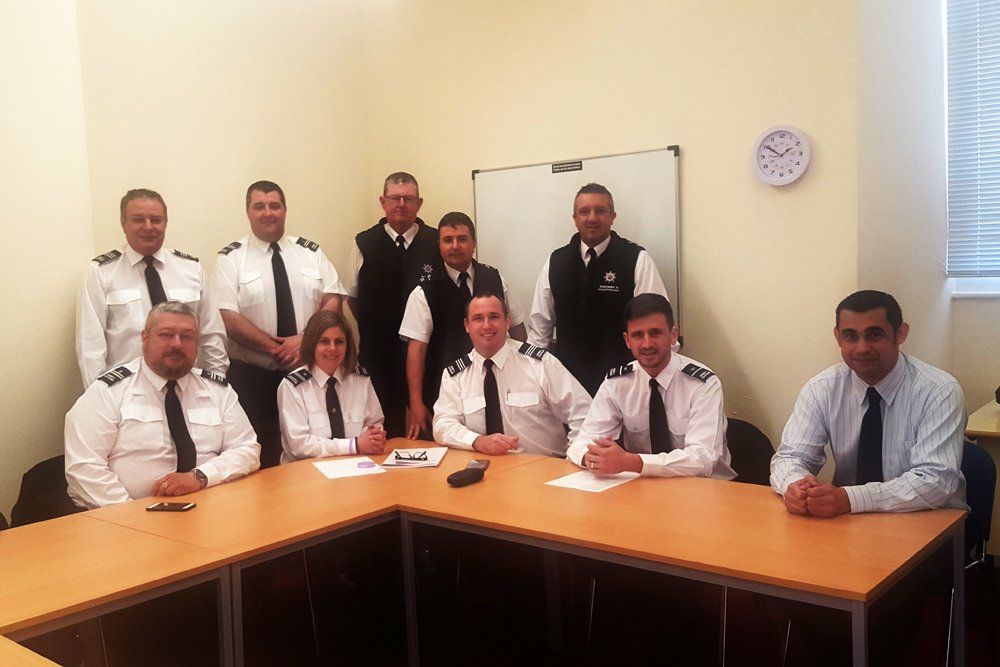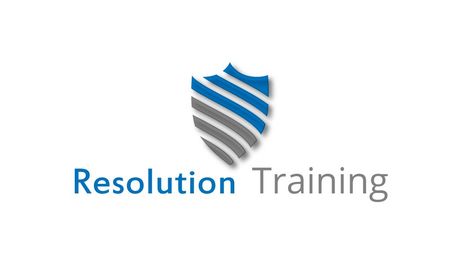So how do you choose a company that delivers training in Safe holding/Restraint training?
March 13, 2020
So how do you choose a company that delivers training in Safe holding/Positive Holding?
I have been asked by schools and care homes with challenging clients about how do we restrain people in a way that satisfies the CQC or Department of Education - Use of reasonable force. To answer this we need to look at several issues. The first issue is there is no national government standard on how to restrain people. This leaves care homes and schools in a venerable position as how is a headmaster or a care home manager to know that what is been taught is safe and meets the requirements the CQC or Ofsted stipulate. The simple answer is unless you are an expert on restraint training this is very difficult. However you can ask a few simple questions which may help, such as do you include the following in your training:
De-escalation techniques-
this is an essential element to any type of restraint training. The use of force should always be a last resort. I was a Senior Officer in the Prison Service for nearly 16 years and worked in the Close Supervision Centre at HMP Wakefield for 3 years which houses the most violent and dangerous people in the country. I can count on one hand how many times I had to restrain someone on that unit. The reason for this was de-escalation techniques that I developed and used. As Winston Churchill said ‘It is better to jaw jaw than war war’.
Communication-
It is extremely important that when we do have a person in restraints that we communicate with them. This allows us to explain what is happening to them and why we are doing this. This can lead to de-escalation. This also allows us to monitor their levels of aggression, potential threat to themselves and others and to monitor any potential health problems.
Medical considerations-
Whenever we restrain somebody there is always the risk of injury to either the person under restraint or the members of staff that are carrying out the restraining. Safe holding/ positive handling training should consider medical issues and the potential risks of placing someone in restraints. Some medical considerations that you should be made aware of are listed below, this list is not exhaustive and each case should be considered individually.
Positional asphyxia
Excited delirium
Psychosis
Sickle cell disease
Safe Holding/Positive Handling techniques –
I find it quite frightening when I go into a new organisation to deliver Safe Holding/Positive Handling training and conduct a knowledge check. Some of the techniques that are delivered are out of date or dangerous to the point that your staff could unwittingly kill someone! An example of this is the ‘basket hold’ or ‘wrap’. This technique involves a person who is restraining to stand behind the person under restraint. The arms of the person under restraint are placed across their chest or stomach. This technique is extremely dangerous. This type of restraint stops the diaphragm from moving thus restricting the lungs from moving and disrupting the motion of breathing. Another issue with this restraint is if you are stood behind them how can you check on their breathing, and other vital signs? I would again refer you back to my communication point. It is extremely difficult to effectively communicate and de-escalate with someone if you are stood behind them. I would never recommend a person to restrain by themselves. Ideally there should always be a minimum of two people if not three so the head can be supported and protected and the patient monitored and observed.
Another out of date and potentially dangerous technique that is still taught is taking a person to be restrained deliberately to the floor. This technique especially if in the prone (face down) position can result in positional asphyxiation and potentially death.
Some training companies also teach and advocate ‘pain compliance’ techniques. There is no need to apply pain compliance to a child or someone who has mental health issues.
Our Safe Holding/Positive handling techniques are designed to be simple so they come naturally to staff when they are under stress. Training delegates often tell me that they have forgotten what they were taught before because the techniques were overly complicated or difficult.
Use of force paperwork –
This is another important element of training which is not always covered adequately. Every time force is used against someone the appropriate use of force paperwork must be completed. This paperwork is there to protect the person under restraint, the staff involved in this procedure and your organisation from allegations and possible court action. The use of force paperwork training should include the following as a minimum; however we include a lot more in our training package.
What de-escalation techniques did you use before force had to be used?
How did the person respond to the de-escalation techniques?
Why the use of force was deemed reasonable, necessary and proportionate?
What was your role when restraint techniques were used?
What de-escalation techniques did you use whilst the person was under restraint?
Did you have any prior knowledge of the person under restraint?
Were any injuries received by staff or the person under restraint?
As with every industry there are some excellent companies and some very poor ones. It’s just about making sure you carry out due diligence. Use of force of any kind should always be a last resort! Hopefully you will find this article helpful.
If you wish to talk to me about this or other courses we deliver please contact me.
John Khastar
Director
Resolution Training Ltd
0800 772 3099 m: 07922 949490

Gibraltar Boarders and Coastguard Agency completing an Incident Management course with Resolution Training
A number of senior officers from the Borders and Coastguard Agency recently successfully completed an Incident Management and Bronze Commander’s Course held in Gibraltar with the Borders and Coastguard Agency. What an honour to train this fantastic team.
